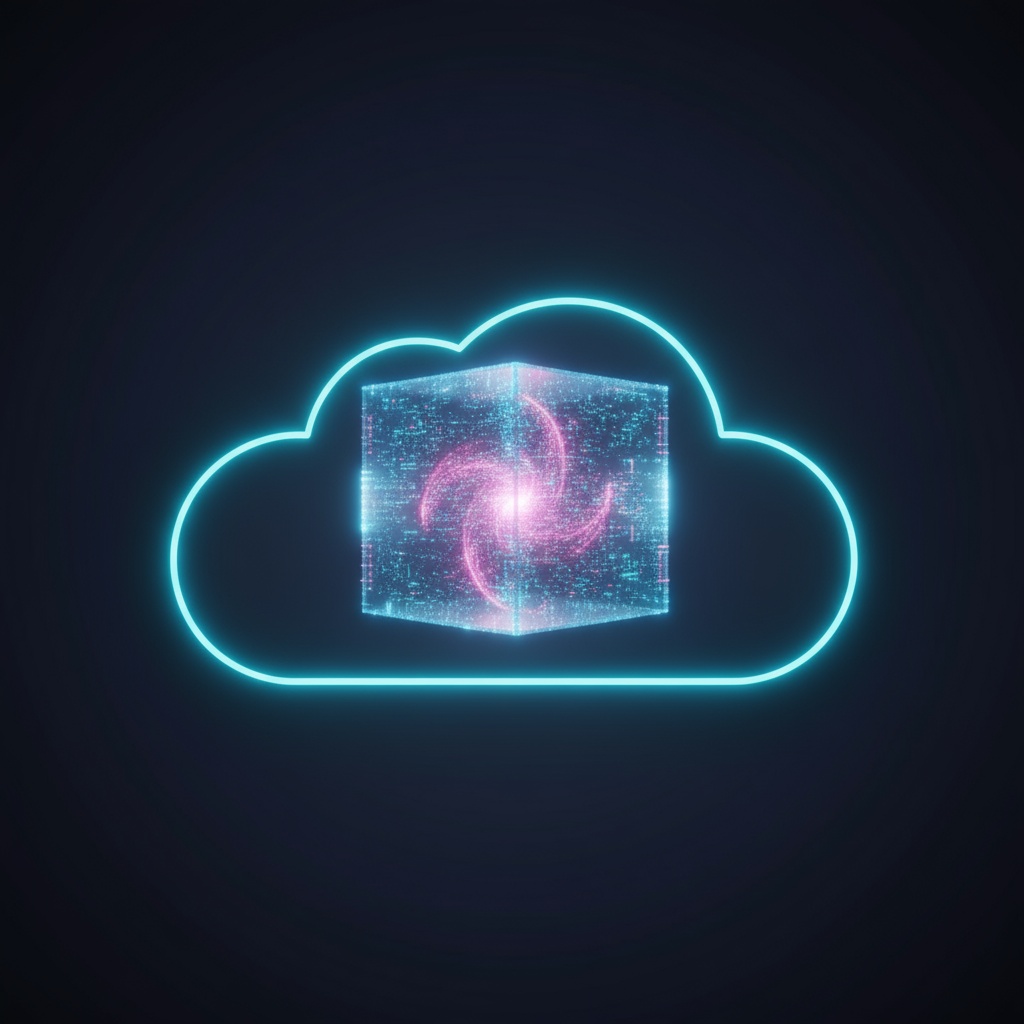Last Friday morning, sitting outside with my first coffee, my routine was broken by a headline that made my heart jump: “Introducing Gemini Enterprise.” As I read the announcement from Google Cloud’s CEO, Thomas Kurian, the pieces started clicking into place.
The descriptions of a unified, enterprise-grade AI platform, the focus on a conversational interface, the deep integration… it was all incredibly familiar. This wasn’t just a new product; this was “Agentspace”, the early-release, unproven platform we had bet our entire company on six months ago. Reborn, rebranded, and now at the absolute center of Google’s enterprise strategy.
I called my co-founder, Andy Duckett, immediately. “You need to see this,” I said. “Our ghost ship just sailed into the harbour, and it’s a flagship.”
That moment was more than just good news; it was a profound validation of a journey that has been equal parts strategic risk, quiet conviction, and a little bit of luck.
The Gamble: Backing an Unproven Platform
Six months ago, as a bootstrapped startup, every decision felt monumental. When we started talking with the Google for Startups team, they introduced us to an early-release platform then called Agentspace. It was powerful and aligned with our vision, but it was far from a sure thing. We were making a calculated bet on a piece of pre-market technology.
Initially, we only qualified for the “Start” tier of the Startup Program. The credits offered were a welcome help, but they represented maybe a month of runway. It was a start, but not a launchpad. The risk felt immense. Were we building our future on a platform that might never see a full, supported release?
The Turning Point: The NVIDIA Connection
The first real breakthrough came from an unexpected source. The Google Startup Program team, understanding our vision, gave us a crucial piece of advice: apply for the NVIDIA Inception Program.
This wasn’t just another form to fill out. It forced us to crystallize our entire business case into a formal pitch deck, complete with TAM/SAM/SOM analysis and detailed financial modeling. It was a fantastic, clarifying experience. We submitted our application, and within a few days, we were accepted.
This was the catalyst. Our acceptance into NVIDIA’s prestigious program immediately triggered an upgrade to Ecosystem Tier status within the Google Cloud startup program, unlocking a much more generous allocation of credits.
Suddenly, our runway was longer. Our foundation felt stronger. The feeling was incredible- to be a bootstrapped startup supported not just by one, but by two of the biggest and most important companies in the world. We’re now excitedly looking forward to attending our first NVIDIA Inception event tomorrow at the ICC in Sydney, feeling like a true part of the ecosystem.
The Payoff: A Wave of Validation
That brings me back to last Friday’s coffee. Reading that announcement, I felt a wave of validation that went far beyond the product name.
First, it validated our bet on Google. We had made a conscious choice to build on Google’s ecosystem over OpenAI or any other competitor. Seeing Google put its full marketing and engineering might behind Gemini Enterprise confirmed that we had chosen the right horse. We weren’t just on a platform; we were on the platform.
Second, and just as importantly, it validated our core product philosophy. We were once told by a VC that our vision lacked “innovation in the interface.” They wanted more buttons, more dashboards. We fundamentally disagreed. We believe, as Eric Schmidt predicted, that the future of powerful software is the conversation. Reading the Google execs’ press release, which championed the “intuitive chat interface” as the front door for AI in the workplace, was a moment of pure vindication.
A New Perspective on a Tech Giant
Seeing the sheer scale of the marketing support Google is providing its partners has been overwhelming in the best possible way. We’ve only just scratched the surface, but it has completely changed my perception of Google’s go-to-market strategy.
Having worked at Google as a tech recruiter from 2010 to 2019, my perception was that the company didn’t invest heavily in marketing, at least not for consumer products. What I see now is a completely different beast. I’m witnessing what it looks like when Google markets a true enterprise product, and it’s a force of nature.
For the past six months, I’ve been living inside what is now Gemini Enterprise, using it for everything I do. I understand its power on a deep, practical level. I know how fundamentally different it is from the consumer AI tools most people are familiar with.
Our journey with Google and NVIDIA has just begun. It started with a bet on a ghost ship, and now we find ourselves aboard the flagship. We couldn’t be more excited for the voyage ahead.

